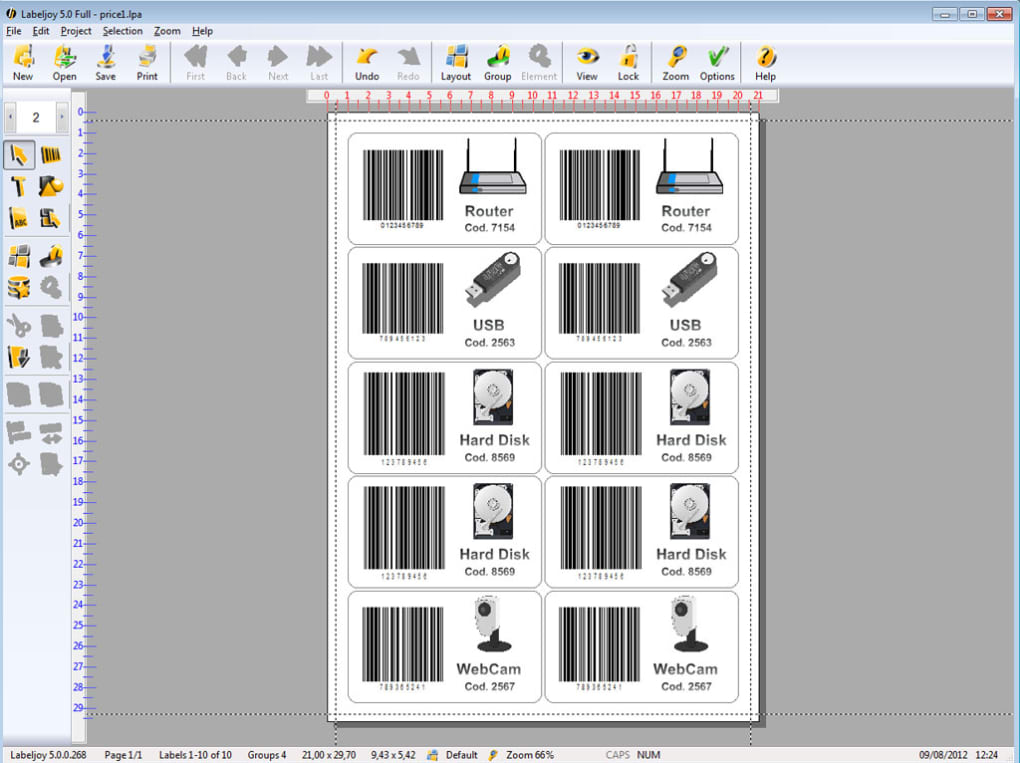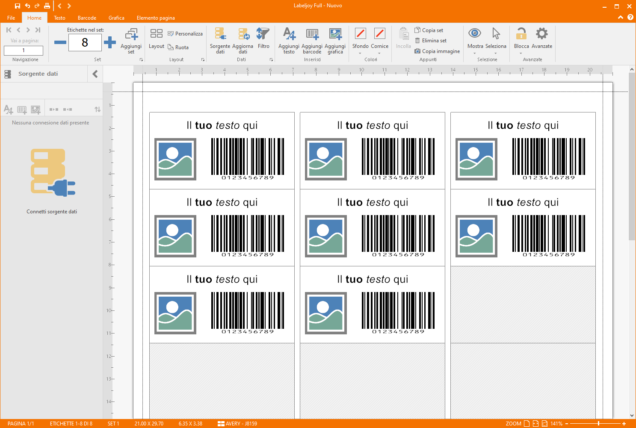
Some, but not all, of the settings you can adjust are listed below – starting with the most commonly used: Adjusting the Print Heat and Darkness Regardless of the way you access the driver settings you will bring up another pop-up where printer settings can be adjusted. “Print head heat”, “Darkness”, and “Intensity” are all different terms for the amount of energy the printer is told to use to transfer ribbon ink onto your label stock. Often, the default heat setting is not sufficient to gain a quality print, especially on polyester labels. Import bartender into labeljoy how to#įortunately, Seagull’s printer driver allows you to adjust the heat under the “Options” tab in “Document Properties” (See previous page on how to access the driver settings). Here, you have a slider that goes from 0 to 30 as a heat adjustment. recommends you run various tests with different heats, and choose the lowest heat setting that gives you a print quality you are happy with. Note: You will have to uncheck the box that reads “Use Current Printer Settings” to be able to adjust the darkness slider.

EIM also recommends using the “Absolute” option rather than “Relative” for consistent printing. This option won’t be available for TSC printers.

Adjusting the Printer SpeedĪlso on the “Options” tab of your Seagull Printer Driver, you can adjust the speed that your printer runs. This will most often be used to try to solve calibration or print quality issues. Zebra printers will retain setting information until they are factory reset, or until those settings are over-written with new ones.

The Seagull Printer Driver allows you to “Use current printer settings” with your label format, or over-write them with new ones. Most labels are printed using the “Web Sensing” option. Import bartender into labeljoy drivers#.Import bartender into labeljoy install#.


 0 kommentar(er)
0 kommentar(er)
